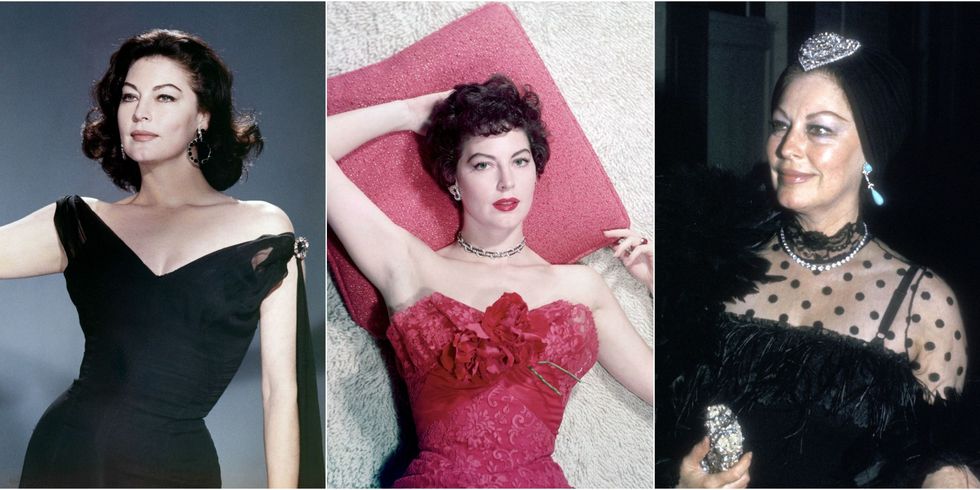Painting a mountain landscape can be a challenging but rewarding task. With the right techniques and materials, you can create a beautiful and realistic mountain scene that captures the majesty and grandeur of the natural world. Here are some steps to follow when painting a mountain landscape:
Choose your materials: To begin, you'll need to gather your painting materials. You'll need paint, brushes, canvas or paper, and any other supplies you prefer, such as palette knives or blending tools. You can use any type of paint you prefer, but oil paints or acrylics are popular choices for landscape painting.
Choose your reference image: Find a photograph or reference image that inspires you and use it as a reference for your painting. Look for a photo with good lighting, strong composition, and interesting shapes and textures.
Sketch the composition: Start by sketching the composition of your painting. Decide where you want to place the mountains, the sky, and any other elements you want to include, such as trees or a lake. Use a light pencil to sketch the basic shapes and outlines of your scene.
Add colour to the sky: Once you've sketched out your composition, you can begin painting. Start by adding colour to the sky, using a large brush to cover the canvas quickly. Use a variety of blues, purples, and pinks to create a realistic sky.
Paint the mountains: Next, paint the mountains. Start by blocking in the basic shapes of the mountains with a mid-tone colour. Then, use a darker colour to add shadows and a lighter colour to add highlights. Use a variety of brush strokes and blending techniques to create texture and depth.
Add details: Once you've painted the basic shapes of the mountains, you can start adding details such as trees, rocks, and snow. Use smaller brushes to add these details, paying attention to the shapes and textures in your reference image.
Refine and adjust: As you paint, step back and take a look at your painting from a distance. Look for areas that need refinement or adjustment, and make changes as needed. Use a blending tool or your brush to soften the edges and create a more realistic look.
Finish with details: Once you're happy with the overall composition and details, you can finish your painting with smaller details such as highlights, shadows, and reflections. Use a small brush to add these final touches, and be careful not to overwork the painting.
In conclusion, painting a mountain landscape requires patience, practice, and attention to detail. Use a variety of colours, brush strokes, and blending techniques to create a realistic and captivating scene. With practice and perseverance, you can create a beautiful painting that captures the beauty and majesty of the natural world.



